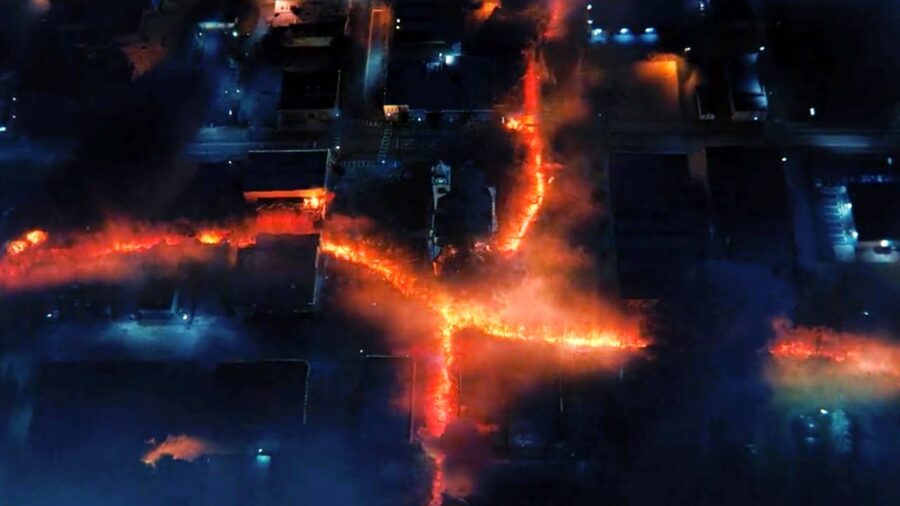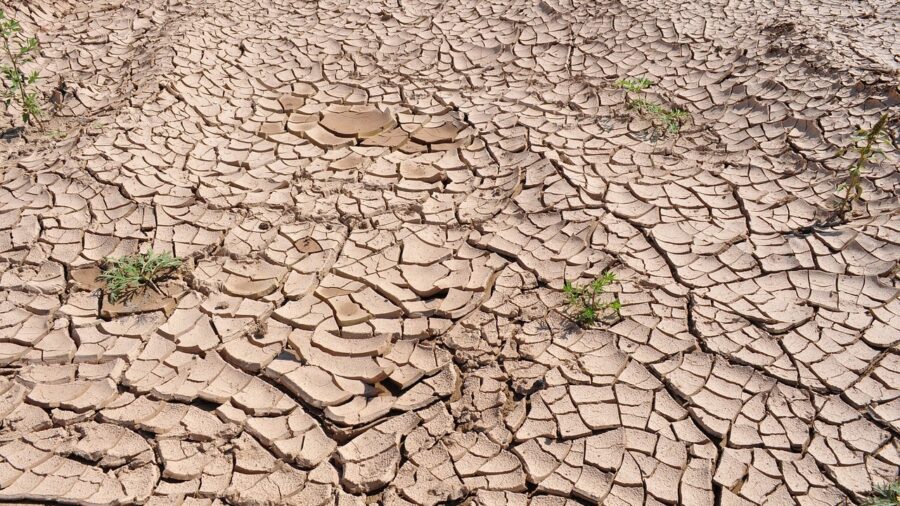Giant Cracks Opening In The Earth And Scientists Are Terrified

Imagine, for a second, a serene town nestled among the rolling hills as the sun slowly dips below the horizon. The shroud of calmness falls upon the city as city lights start to glow and residents slowly return to their homes for the night. However, not all is peaceful; slowly and inexorably, hairline cracks begin to appear on the ground. These subtle rifts in the soil, mostly unnoticed by the townsfolk, would soon give rise to a cataclysmic natural disaster that would shake the very foundations of their lives and the Earth itself.
Though the opening paragraph of this article sounds like an apocalyptic movie premise, giant cracks that have appeared across the US southwest have scientists worried.
However, the cause behind the appearance of these cracks is actually well known. According to ScienceAlert, the US has been pumping so much groundwater that the ground itself began splitting open across the southwestern part of the country, spanning miles on end. So far, these cracks have been spotted in Arizona, Utah, and California.
These fissures can damage more than just homes, roads, canals, and dams; they can threaten humans and livestock, and they have a direct impact on property value in the area.
As its name implies, groundwater flows below the surface of the Earth through a complex system of interconnected space within rocks and sediment, known as an aquifer. Humans typically tap into this underground reservoir by drilling wells, which then create a cone for the water to flow upwards from the aquifer.
However, when too much groundwater is pumped up, the mass above loses the support provided by the water, allowing the soil above it to collapse, thus resulting in the formation of the crack.

These cracks most definitely aren’t a naturally occurring phenomenon. Sure, some fissures originate from nature, but they’re mostly rare, not nearly as common, and usually result from the shifts in the Earth’s crust. Aquifers are typically replenished in so-called recharge areas, typically in higher elevations where rainfall and moisture infiltrate into the ground and seep downwards, helping to maintain the overall balance of groundwater in the aquifer—sometimes it emerges at the surface as springs, allowing the water to cut its own crack, also known as the river bed.
Large cracks in the Earth found in the Southwest US are caused by an overabundance of groundwater.
Consistent extraction of water disrupts the naturally occurring cycle of water, which now results in the formation of fissures. Unfortunately, these tend to form above aquifers, in basins between mountains.
Do you know what’s also located in the basins? Populated areas. And it’s quite easy to understand how those two combined—populated areas and the formation of fissures—can spell disaster. These fissures can damage more than just homes, roads, canals, and dams; they can threaten humans and livestock, and they have a direct impact on property value in the area.
What’s even more concerning is the fact that the formation of these cracks isn’t limited to the southwest. Sure, the changes are rather prominent there, but the unsanctioned extraction of water remains the main culprit, and there’s actually no one to blame. The US suffers from any clear regulation on water extraction across the nation, and most states outright have unregulated extraction of groundwater.
So, if we cut down on water extraction, we lose a significant portion of farming (food), but if we don’t, the Earth will swallow us whole—it actually won’t; we’re being dramatic. But we can expect the cracks to grow.













